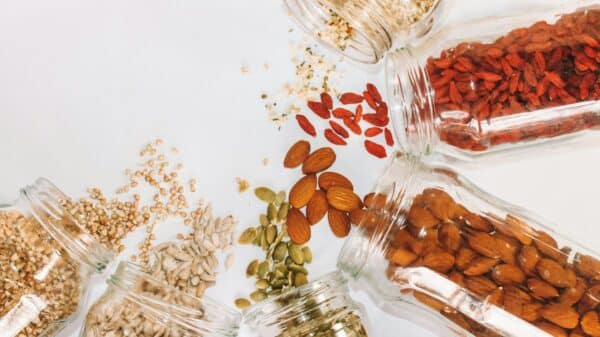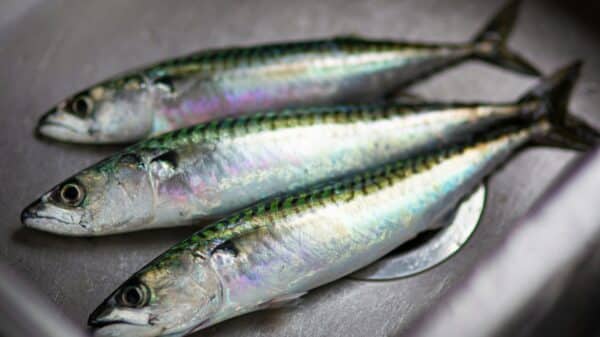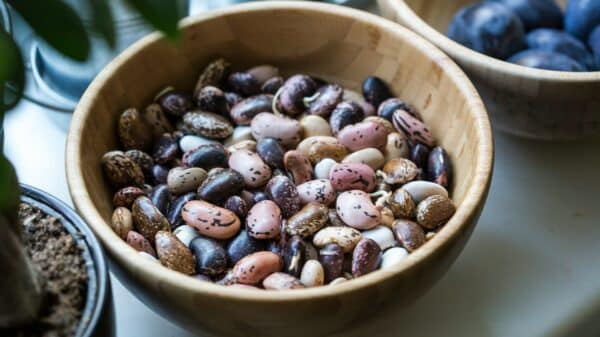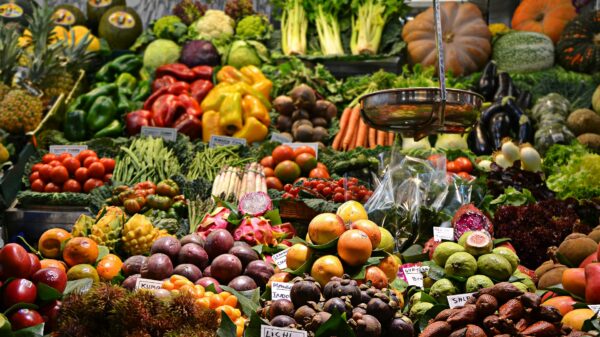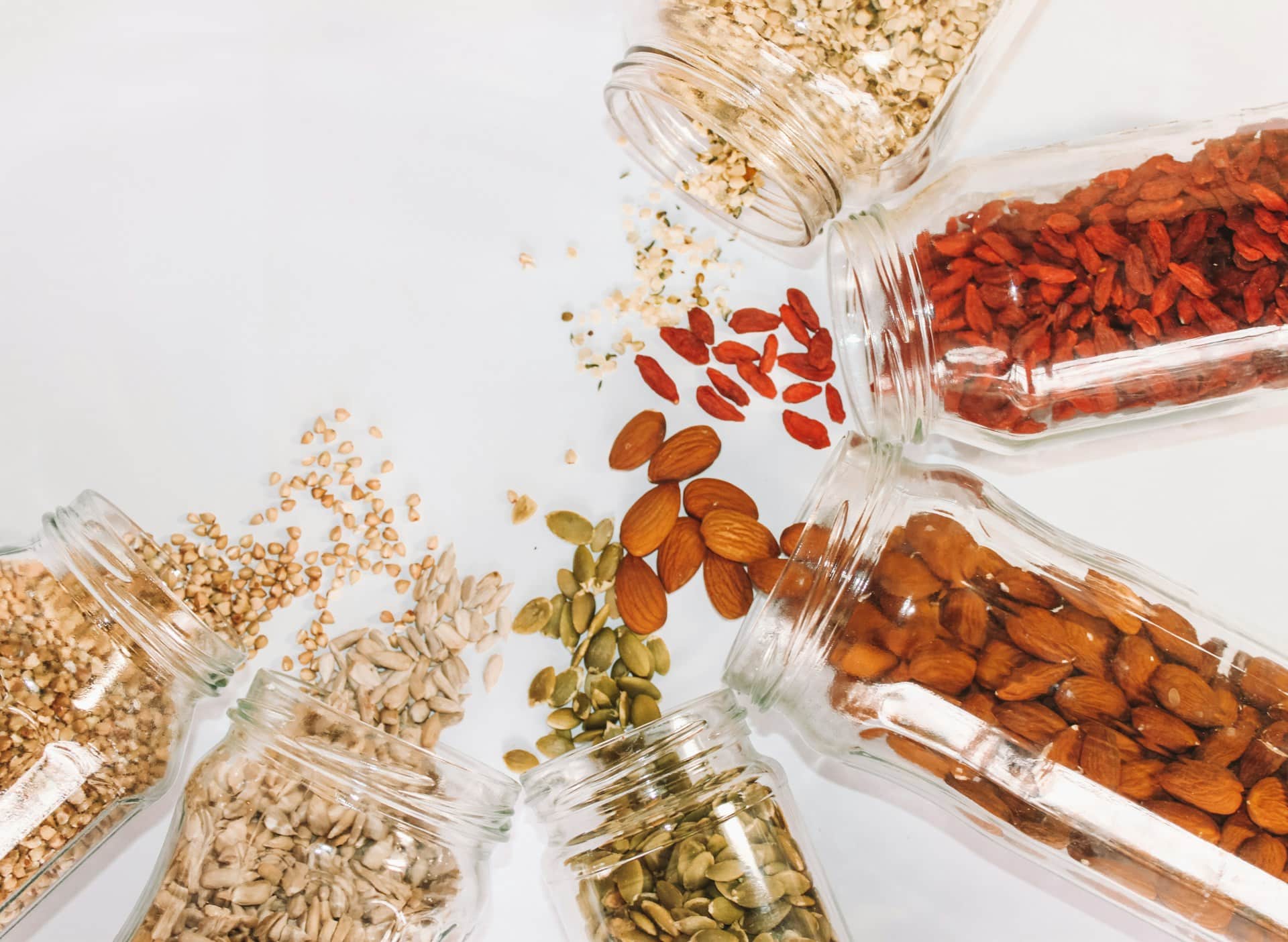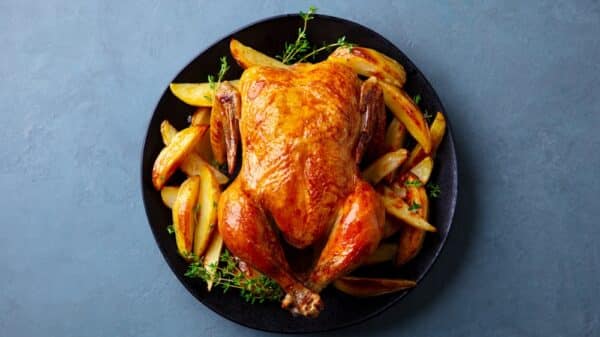Magnesium is more than just a mineral; it’s a powerhouse that plays a vital role in a myriad of bodily functions. From supporting healthy muscle and nerve activity to regulating your heartbeat, magnesium quietly works in the background, ensuring everything runs smoothly. It’s remarkable how many everyday functions depend on this mineral, yet many of us aren’t getting enough of it. Research suggests that a higher intake of magnesium is linked to lower blood pressure, which serves as a natural shield for your heart over the years. Furthermore, maintaining proper magnesium levels can help manage blood sugar levels, lowering the risk of developing type 2 diabetes. This mineral is also key to promoting robust bone health, significantly contributing to bone mineral density and decreasing the chances of fractures and osteoporosis as we age.
Despite its importance, many people fall short of the recommended magnesium intake, which varies based on age and sex—most adults need between 310 to 420 milligrams daily. While magnesium supplements can be beneficial, health experts advocate that getting your magnesium from whole food sources is the way to go. Carrie Gabriel, a registered dietitian nutritionist, points out that “Magnesium from food sources is often more bioavailable,” meaning it’s absorbed more effectively by the body. Jessie Winstead, another registered dietitian, adds that “whole foods furnish more than just magnesium. They come packed with fiber, protein, and antioxidants that supplements can’t replicate.”
So, what are some of the best sources of magnesium to sprinkle into your meals? Here’s a handful of delightful options that dietitians recommend, along with some practical tips for incorporating them into your daily diet.
1. Pumpkin Seeds
Pumpkin seeds are a treasure trove of magnesium, offering 156 mg per ounce—about 37% of your daily needs. They’re also rich in iron, zinc, and healthy fats, making them a nutritional powerhouse. Nutrition expert Chrissy Barth, M.S., suggests sprouting up your meals by sprinkling them on salads or grain bowls or even tossing them into homemade granola bars for that crunchy, nutritious kick.
2. Chia Seeds
These tiny seeds are indeed a nutritional giant. Just an ounce packs 95 mg of magnesium, along with plant-based omega-3 fatty acids, fiber, and protein. Winstead advocates for an easy start in your day: stirring chia seeds into yogurt or oatmeal. “Tiny additions like chia seeds make a meaningful impact on your overall health,” she assures.
3. Almonds
Need a quick snack that also boosts your magnesium intake? Almonds are your go-to! With 80 mg of magnesium in a one-ounce serving, these nuts provide vitamin E, healthy fats, and protein. Gabriel suggests a blend of slivered almonds and fresh berries atop Greek yogurt for a satisfying and nutritious treat that’s as delicious as it is good for you.
4. Black Beans
An excellent source of plant-based protein and fiber, black beans don’t just keep you full; they also contribute to your magnesium intake. A half-cup of cooked black beans contains around 60 mg of magnesium. Barth calls them “affordable and versatile,” recommending you add them to tacos, burrito bowls, or mash them into a savory dip for snacking.
5. Spinach
Leafy greens like spinach are not only nutritional heavyweights but also a great source of magnesium, providing 78 mg in just half a cup cooked. Beyond that, spinach is rich in iron, potassium, and antioxidants that enhance your overall health. Whether you throw it into an omelet, soup, or pasta, or blend it fresh into a smoothie, this green will elevate your meals and health alike. Cooking spinach slightly concentrates its magnesium content, enabling you to integrate more greens into your diet effortlessly.
6. Dark Chocolate
Now, here’s the fun part—indulging in dark chocolate can also be a sweet way to up your magnesium levels! A one-ounce piece of dark chocolate, particularly with 70% cocoa content or more, contains about 65 mg of magnesium. Gabriel suggests enjoying a small square as a treat post-meal, or melting it to drizzle over fresh fruits. You can even chop it into small bits and use it in homemade energy bites or granola bars.
In summary, magnesium plays a crucial role in supporting not just heart health, but also bone strength and metabolism. You can easily meet your magnesium needs by weaving a variety of nutrient-rich foods like seeds, nuts, beans, greens, and yes, dark chocolate into your daily meals. It’s not just about boosting magnesium intake; it also enriches your diet with fiber, protein, healthy fats, and antioxidants—ingredients that collectively promote a healthier you. Feel free to experiment with these magnesium-rich foods, knowing they’re not just good for you—they’re delicious too!
Image SOurce: Unsplash












